One of the best parts of soccer is that it requires so few materials to play it: just a ball and a goal. While this is nice, it makes it even more important to have the right soccer ball. How much can you expect to spend on a soccer ball? We checked several sources to determine this for you!
Soccer balls range widely in cost depending on factors such as size, durability, and overall quality. For an affordable recreational ball, you can spend anywhere from ten to twenty dollars. If you're willing to spend more money, you can get a higher quality ball for thirty to sixty dollars. Top-of-the-line soccer balls, however, can cost up to 150 dollars.
This large range of costs might seem overwhelming. But don't worry; we've researched this topic and are excited to help you understand what you're looking for. Keep reading for more details on what makes a soccer ball good or bad, what to look for when buying one, and answers to other common questions.
Let's go!
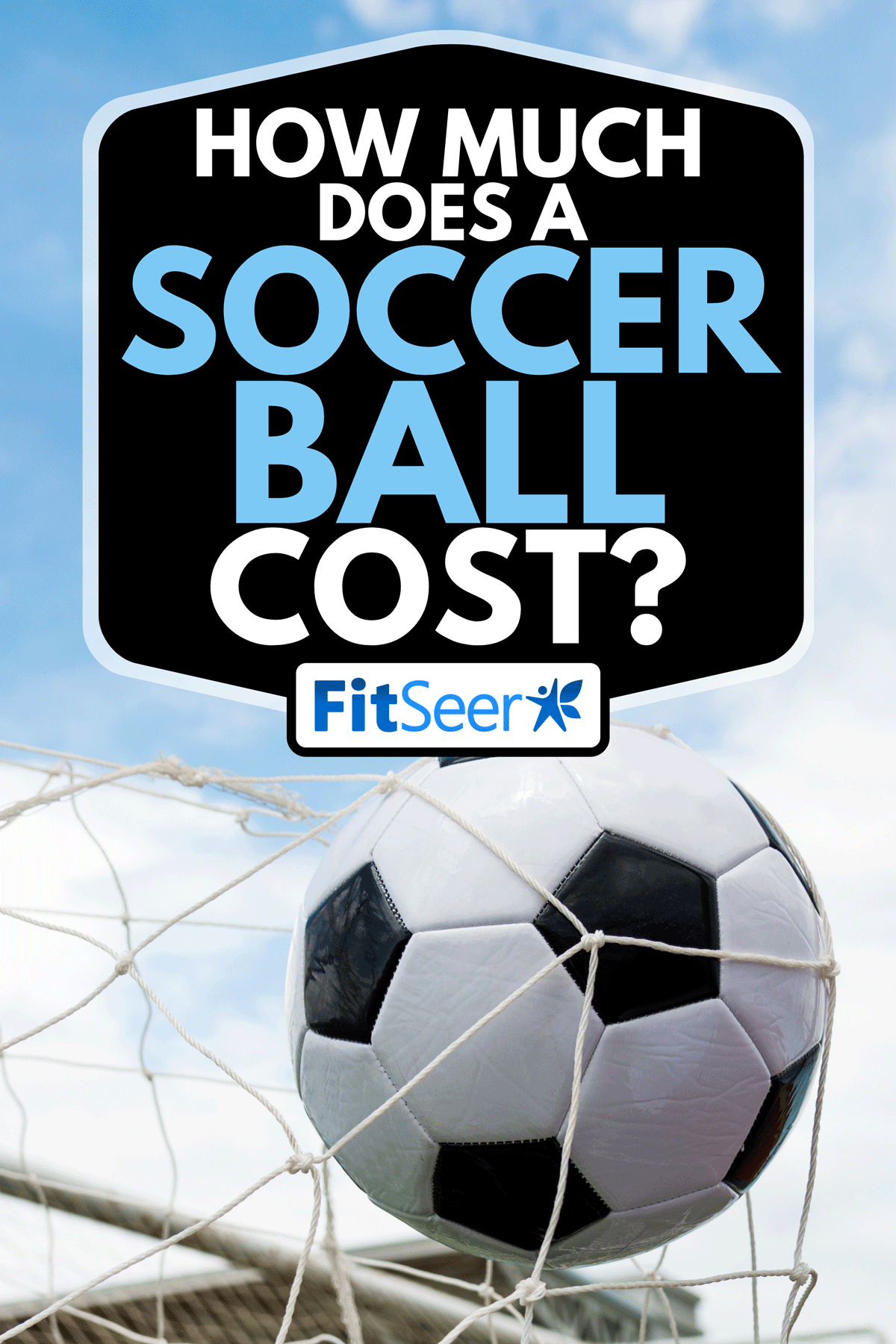
Why are soccer balls so expensive?
As mentioned above, not all soccer balls are costly. In fact, many are very affordable.
With soccer balls, you generally get what you pay for. Expensive, high-quality soccer balls are described as being "responsive." This means that they are softer and have more bounce to them. When a player kicks it, the ball bounces off the footwell and does exactly what the player wants it to do.
On the other hand, more economic balls are firmer, almost to the point of being hard. They might be more durable but will never have the same responsiveness as higher quality balls.
Many teams with financial restrictions -- such as youth, high school, and college clubs -- use high-quality soccer balls for competitions and use cheaper balls for training. This is an important question to ask when buying a ball: what will it be used for? Is it simply for a young child to have fun with their friends? Then you can probably get away with a cheap ball.
Or, are you purchasing a ball for a high-level footballer who needs excellent responsiveness and quality? If so, you should invest in an expensive soccer ball.
Below, we outline the factors that affect the cost of a soccer ball.
Size
The most basic factor in choosing a soccer ball is the size. Soccer balls are given a number three through five to classify its size. Younger players should use a size three or four ball, while anyone twelve years old and up should use a full-size ball.
Below is a chart to describe our size recommendations.
| Size 3 | Size 4 | Size 5 | |
| Player age | Under eight | Between eight and 12 | 12 and up |
| Circumference | 23 to 24 inches | 25 to 26 inches | 27 to 28 inches |
| Weight | 11 to 12 ounces | 12 to 13 ounces | 14 to 16 ounces |
Three is the smallest ball used in competitive soccer and is designed for young kids. However, many adult players use a size three ball to work on their footwork and ball control. The idea is that if you can control a small soccer ball, it will be easier to control a regular-sized one.
Material
Nowadays, soccer balls are made out of synthetic materials. These materials can drastically affect the cost of a ball, perhaps more than any other factor.
The soccer ball's outer cover is either made out of polyurethane (PU) or polyvinyl carbonate (PVC), or a hybrid of the two. PU is by far the superior material, as it is responsive to the player's foot. However, it is not as durable as PVC and does not last as long.
PVC, on the other hand, makes the ball feel harder on the player's foot. The lower quality makes it more affordable. Thus, it is used in training by most college and high school teams.
Pay attention to the number of panels on the ball. You might picture the typical image when you think of a soccer ball is the old-fashioned, white and black ball with 32 octagonal panels.
However, modern soccer balls have a fraction of panels. Some balls have as few as six panels. Fewer panels mean that there are fewer seams. Thus, water cannot seep into the ball easily, and the seams are less likely to burst.
Playing Surface
Finally, soccer balls are made to be used on different surfaces. The most common playing surface is grass or turf. The majority of balls are made for that surface.
However, you can find balls meant to be used on a hard surface (gym floors, concrete, or asphalt) or sand. Hard surface balls, like the one below, are often known as futsal balls and only come in size three or four. They are generally cheaper than full-size balls but can get more expensive depending on the quality.
Click here to view this futsal ball on Amazon.
The final type of ball is intended to be used on sand. While the same size as a normal ball, they are lighter and more padded to be gentler on your bare feet. This makes them perfect for beach soccer.
Click here to view this beach soccer ball on Amazon.
The most common playing surface for soccer is a grass field. If you want to set up your own field, check out this article for details on the dimensions.
What Is The Best Soccer Ball To Buy?
For a top-of-the-line ball, look no further than the Select Brilliant Super ball. While pricy, this ball is made out of high-quality materials and is superbly responsive. It is durable and certified by the National Federation of State High School Associations for high school soccer games.
Click here to view this ball on Amazon.
This ball -- made by Mitre -- is a great mid-range ball. It is ideal for training or amateur or youth matches. It uses a threadless seam that is more durable and doesn't affect the flight of the ball. Check out this ball if you'd like a quality ball at an affordable price.
Click here to view this ball on Amazon.
Our final recommendation is for recreational purposes. This affordable ball is perfect for kicking around in the back yard and having fun with friends. Though it isn't perfect for competitions, you can expect enough durability for some relaxed fun.
Click here to view this ball on Amazon.
Interested in playing soccer? Read this article for more details about the format of the game.
How Long Does A Soccer Ball Last?
The life of your soccer ball depends on its materials (discussed above) and how well you treat it. If you use the ball properly, it could last several years. If you don't take care of it, the ball might not even make it through one season!
Even if your ball is advertised as waterproof or water-resistant, don't leave it out unnecessarily in heavy rain. Always have the ball inflated to the right level. Leaving the ball underinflated or overinflated will make it lose its shape.
If your ball is a common soccer ball, don't use it on concrete or sand. These surfaces will damage the outer layer and peel it away. Sitting or standing on the ball will also make it lose its shape.
Treat your soccer ball the right way, and it will last for years!
In Closing
Soccer balls range in price depending on the quality of the ball. For a super high-quality ball, you can spend up to 150 dollars. Midrange balls generally cost thirty to sixty dollars, while you can get a low-quality ball for ten to twenty dollars.
Factors including size, material, and intended playing surface contribute to the ball's cost. The good news is that if you treat your ball well, it can last for several seasons.
Hopefully, this article has helped you understand the cost of soccer balls better. Good luck!






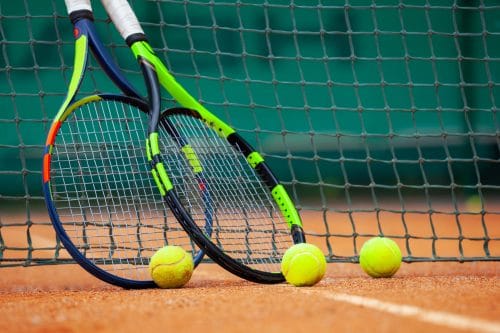
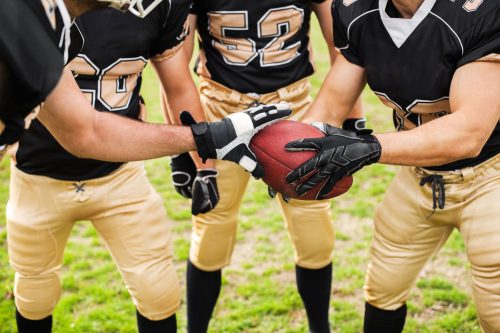

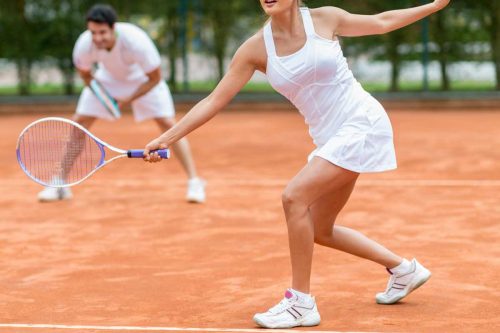
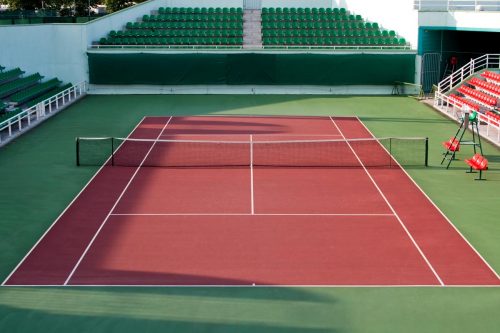
![Read more about the article What Pants Do You Wear Snowboarding? [3 Options inc. examples]](https://fitseer.com/wp-content/uploads/2020/10/A-fully-geared-snowboarder-with-a-gradient-colored-goggles-trekking-on-the-snowy-trails-of-a-mountain-side-500x333.jpg)